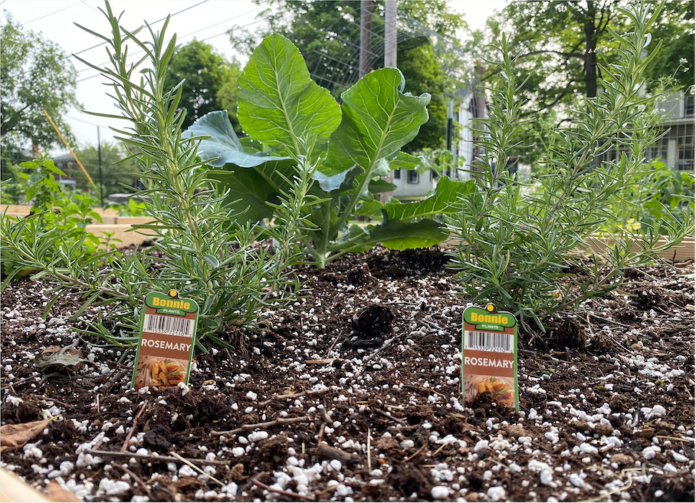The recent drought we’ve been experiencing in Ohio and Pennsylvania has made watering my garden feel like nurturing a newborn. I’m constantly questioning whether I’m watering too much, just right or not enough. And it doesn’t help that plants can exhibit the same symptoms for underwatering as they can for overwatering.
Fortunately, there are a few tricks you can try to determine if your raised bed is getting enough water.
What do your plants look like?
If your plants are looking sturdy, green and showing regular signs of growth, you’re probably giving your raised bed garden the right amount of water — 1 inch per week.
Signs your plants need more water:
- Yellowing or dried leaves at the base of your plants
- Roots growing near the soil surface
- Cracked soil
- Leaves or fruit dropping
- Dead plants
Signs your plants are getting too much water:
- Soil is retaining water and wet to the touch
- Yellow leaves
- Soft squishy stems
- Brown edges or spots on leaves
- An increased presence of pests
Healthy soil retains water better
Raised beds can be tricky because they typically dry out faster than traditional gardens. However, they benefit from having healthy soil as long as compost, organic matter and fertilizer are worked in at the beginning of each season.
Healthy soil retains moisture better. Applying a quarter inch of compost per season will improve your soil’s water retention, help suppress disease and support healthy plants.
If you regularly amend the soil in your raised bed, you’ll have to worry about watering your garden a lot less.
Testing the moisture of your soil
The best way to determine whether your garden is getting enough water is to feel the soil. If the surface of the soil is hard and cracked, your garden probably needs more water. However, you should really investigate how the soil feels below the surface to make sure. I typically push my index finger into the soil to determine whether or not the soil is holding moisture where the roots of my plants are growing — more than an inch below the surface. If you can scoop a handful of soil and form it into a ball, it is moist enough for your plants. If it barely holds together, your garden needs to be watered. On the other hand, if you find your soil is saturated, soupy or pooling when you scoop a handful of it, it’s being overwatered.
Giving your garden the right amount of water
You can ensure you’re giving your raised bed garden the right amount of water by measuring it out while you’re watering. This can be done by placing DIY rain gauges around your garden to collect water while you’re watering.
DIY rain gauge
Supplies
- 5 tuna cans
- Ruler
- Permanent marker
Directions
- Mark 1 inch from the bottom on the inside of each can.
- Place them around your raised bed. One in each corner and one in the center will give you a good idea of how evenly your garden was watered.
- When each container collects 1 inch of water, that section of the garden received 1 inch of water.
Remember, your garden only needs 1 inch per week, so this can be dispersed between a few waterings throughout the week. If your garden is extremely dry when you start measuring, you may have to water more frequently to ensure the soil is holding the right amount of moisture.
Ideally, the soil in your garden should be saturated enough to hold water several inches down. Watering close to the roots of your plants will ensure it penetrates the soil deeper.
Related Content
How to water your vegetable garden
















